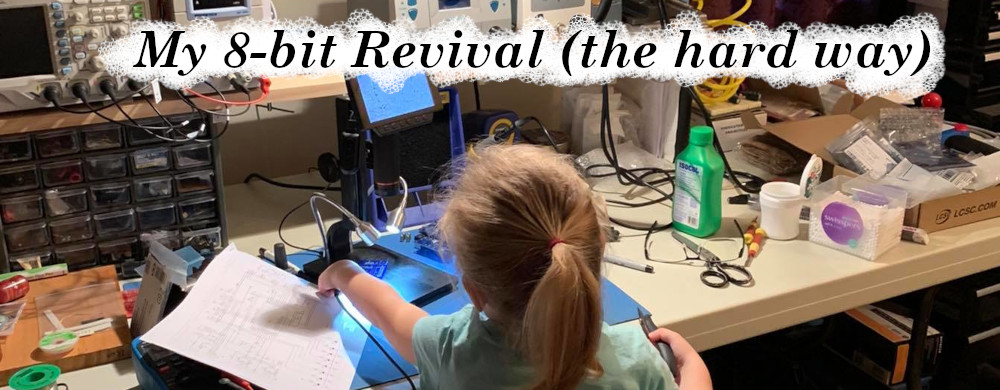Years later and with quite a few electronics projects under my belt, this little gem from Tolaemon appeared in my search while trolling around the myriad of shared projects at PCBWAY.
Tolaemon's nano SwinSIDb tutorial . . .
And so before I even went to website I ordered the PCB from PCBWAY
I must admit I was a little worried that this wouldn't work but hey I'm giving everything interesting a go that I can and here is what I ended up with. After soldering MiSTer I/O boards and SDRAM boards this project proved to be a very easy build.
The version of the Microchip software I used was a little newer than that used in the tutorial and it was here that I became unstuck.
I burnt the firmware fine and the lockbits but when it came to the fuses all of the options had been renamed. I left everything default and selected the correct external clock setting (EXTCLK_6CK_14CK_65MS) and burnt it to the chip.
Putting the SwinSID in the c64 I got a horrible horrible tone that didn't change. The good thing is when you go to re-program the chip you can re-read the settings and for some reason the external clock hadn't changed from the default.
So I changed it and burnt it again and this time there was silence when the power went on. On loading a game I found it would make a little noise then silence then some more noise but was nothing close to the music I expected.
Again I put the chip back on the programmer and one of the fuses that was default on needed to be turned off ( the CKDIV8 ).
This time I got success!!!
So what do I think about the SwinSID . . . well it's actually pretty good, the project was a lot of fun and I learnt quite a bit doing it. For my C64's however I think I'll stick to the ARMSID as my SID replacement of choice.
I found the SwinSID did pretty well on the games I tried, but it just sounded a little off in some places also for ShadowFire it just didn't work at all.




